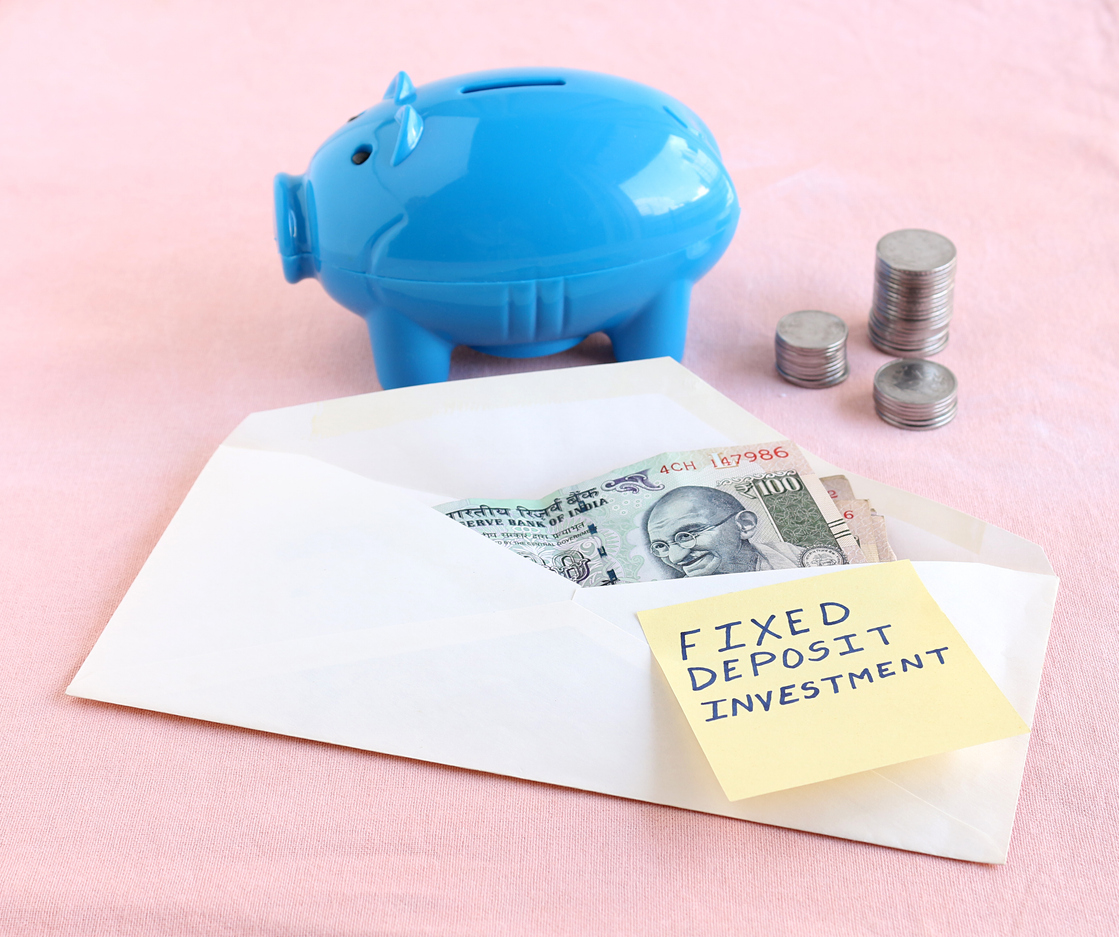Fixed Deposits (FDs) have established themselves as a foundational element for personal finance strategies in India. Their appeal stems from the guaranteed returns they offer, which provide a sense of security and stability for your hard-earned savings. However, before committing funds to an FD, a comprehensive understanding of their functionalities and their integration into your overall financial plan is essential. Here are 10 key considerations that will enable you to effectively make better decisions about utilising FDs.
1. Matching Investment Horizon and Goals
FDs lock in your capital for a predetermined period, ranging from a few days to several years. Aligning your investment horizon with the chosen FD tenor is crucial. Consider your short-term needs, such as a vacation in the next year, versus long-term goals like retirement planning decades down the line. Selecting an appropriate tenor ensures easy access to funds when required and avoids penalties for early withdrawal.
2. Interest Rates and Returns
The interest rate offered on your FD directly impacts your returns. These rates depend on three key factors: the chosen bank/NBFC, the selected tenor, and the total investment amount. Typically, longer tenors offer slightly higher interest rates. Utilise online FD interest rate calculators for a general idea, but confirm rates directly with issuers for the most accurate information. Remember, the highest FD interest rates translate to a greater return on your investment at maturity. It's also worth noting that some banks and NBFCs may offer special FD schemes with higher interest rates for specific customer segments, such as senior citizens or new account holders. Exploring such options can further optimise your earnings potential.
3. The Power of Compounding
FDs can benefit significantly from the power of compounding. When you opt for an FD with interest payout options (monthly, quarterly, or annually), the earned interest gets added to your principal amount. Here’s an example of this concept. Imagine you invest ₹5 Lakhs in an FD with a 6% interest rate compounded annually. At the end of the first year, you'll earn ₹30,000 in interest, which gets added to your principal, making it ₹5,30,000. In the second year, you'll earn interest on this new principal amount, leading to even higher returns. Over time, the compounding effect can significantly boost your overall returns on the FD.
4. Understanding Tax Implications
While FDs offer a sense of security, remember, that the interest earned is taxable as per your income tax slab. This means a portion of your returns will be paid to the government as tax. However, there are tax benefits for senior citizens who can invest in special tax-saving FDs offered by some issuers. These FDs typically come with a lock-in period of five years and offer tax benefits under specific sections of the Income Tax Act, of 1961. Consulting a tax advisor for personalised guidance on utilising these tax-saving options and managing your overall tax liability is always recommended.
5. Premature Withdrawal Penalties
Life throws curveballs, and you might need to access your FD funds before maturity. In such scenarios, be aware of the pre-closure penalties levied by banks/NBFCs. These penalties can significantly eat into your returns, potentially negating some of the interest earned. Choose your FD tenor wisely, considering potential emergencies and your liquidity needs. Alternatively, some FDs offer flexible withdrawal options with slightly lower interest rates. These options provide greater access to your funds throughout the tenor but may slightly reduce your overall returns. Striking a balance between liquidity and maximising returns through a well-thought-out FD tenor selection is crucial.
6. Building Creditworthiness
Having an FD on your books demonstrates financial discipline and a good savings habit. This can be beneficial when applying for loans, potentially leading to better interest rates from banks/NBFCs. They view FDs as a sign of responsible financial behaviour, making you a more attractive borrower in their eyes. When you maintain an FD, it indicates your ability to manage your finances effectively and meet your financial obligations. This positive credit history can translate into lower interest rates on loans you may require in the future, such as a home loan or car loan, potentially saving you a significant amount of money over the loan term.
7. FDs vs. Recurring Deposits (RDs)
Both FDs and RDs are popular savings instruments, but they cater to different needs. FDs involve a lump sum investment with a fixed return at maturity. RDs, on the other hand, involve investing a fixed amount periodically, instilling a regular savings habit. RDs often offer slightly higher interest rates than FDs with similar tenors. Consider your investment style and goals when choosing between the two. If you are a disciplined saver seeking to inculcate a regular savings habit, RDs may be a better fit. However, if you have a lump sum available and prioritise a guaranteed return at a specific point in time, FDs might be the more suitable option.
8. Banking on a Reputable Issuer
Always choose a reputable bank/NBFC with a strong financial track record for your FD investment. In India, deposits up to ₹5 Lakhs are secured by the DICGC or the Deposit Insurance and Credit Guarantee Corporation. This adds an extra layer of security to your investment, providing peace of mind in case of unforeseen circumstances with the issuer. Feel free to explore and compare rates and terms offered by different banks and NBFCs. Utilise online resources and comparison tools to get a comprehensive overview of available options. The key is to find an issuer that offers a competitive interest rate, a secure platform for your investment and aligns with your specific needs and preferences.
9. Laddering Your FDs
Consider "laddering" your FDs by investing in those with varying maturities. This helps you create a steady stream of income and provides access to funds at different points in time. For example, you could invest a portion of your savings in a short-term FD to meet a near-term goal, another portion in a medium-term FD for a mid-term objective, and a larger portion in a long-term FD for your retirement plan. This approach offers more flexibility in managing your finances and helps mitigate risk by not having all your FD investments maturing at the same time.
10. Portfolio Diversification
While FDs offer stability and a guaranteed return, they might not always keep pace with inflation. Inflation erodes the purchasing power of your money over time. To ensure your savings retain their value and potentially grow over the long term, consider diversifying your portfolio with other investment options alongside FDs. This diversification can include instruments like mutual funds, stocks, or real estate, depending on your risk tolerance and financial goals. Consulting a financial advisor can help you create a well-diversified portfolio that aligns with your risk profile and financial objectives.
By carefully considering these 10 key considerations, you can make informed decisions about using FDs effectively as a strategic tool within your financial planning strategy. FDs offer a secure and reliable way to grow your savings while providing a predictable return on investment. They can be a valuable component of your overall financial plan, helping you achieve your short- and long-term financial goals.










